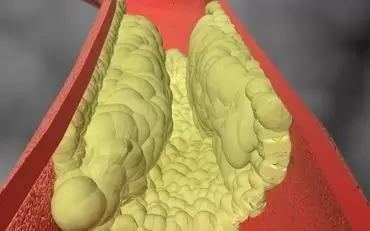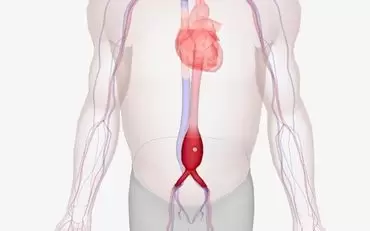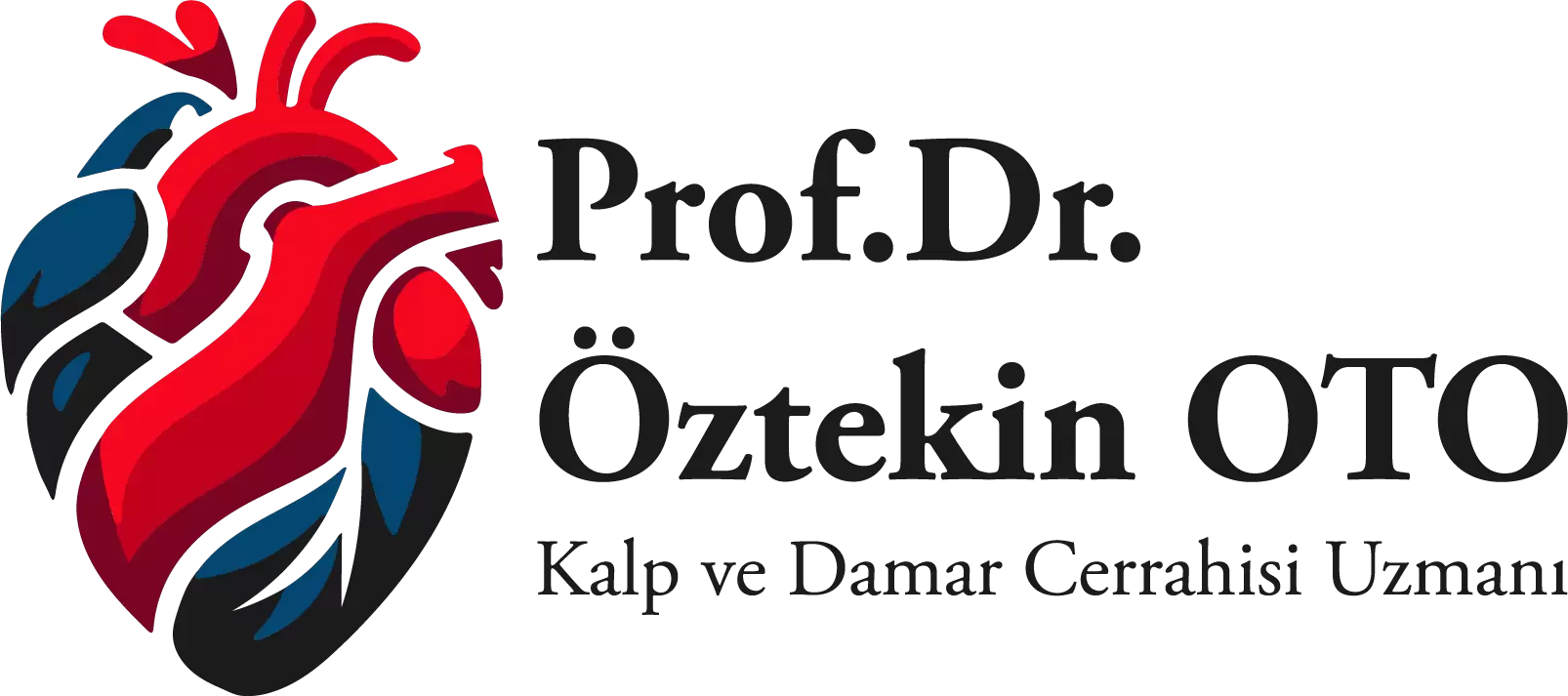29 Oca
Vascular Occlusion
Incidence of certain diseases has increased among the advanced age population due to the developments in modern medicine and increase in average life expectancy. In this respect, cardiovascular diseases are taking the lead. In fact, most common cause of hospitalization and mortality over the age 65 is the cardiovascular diseases. Besides, cardiac health is a system, which affects the overall health of the individuals and results in certain fatal health problems such as impairment of the vascular system or heart failure. Vascular occlusion is one of the most common symptoms among these conditions. In the modern societies every year 17 million people die due to heart attack and almost 20% of the population in our country is under the risk of coronary heart diseases.
What is vascular occlusion?
All organs in the human body require oxygen and thus blood that can carry adequate quantity of oxygen. Vascular occlusion that occurs anywhere in the body prevents adequate oxygen supply to the organs. While impairment at any region of the vascular system, enabling the circulation between the heart and the organs, results in dysfunction of the relevant organ, vascular occlusion in the heart may cause heart attack and sudden death and vascular occlusion in the brain may cause stroke.
Vascular occlusion is described as adherence of lipid molecules to the vessel wall by forming plaques due to genetic, congenital or acquired factors and thus inability of the blood to flow at the adequate amount and rate. It is required to take the necessary measures to prevent vascular occlusion and particularly elderly individuals and those at risk must have their regular check-ups for early diagnosis.
What are the symptoms for the occlusion of vessels supplying blood the heart?
Adequate amount of blood must be supplied to the heart for its proper functioning. Vessels feeding the heart are supplying in average 250 cc of blood per minute. In case there is no such flow to the heart due to occlusion, individuals may develop certain symptoms such as:
- Shortness of breath
- Chest pain
- Pale skin
What are the causes of vascular occlusion?
There are several contributing factors for vascular occlusion. Some of these factors are modifiable, whereas others are non-modifiable. Therefore, individuals at risk are strictly recommended to adopt a life-style protecting their cardiovascular health and to take the necessary measures. The factors contributing to vascular occlusion are:
- Genetic factors (Individuals with family history of vascular occlusion are at higher risk.)
- Congenital factors (Individuals with congenital anomalies in their cardiovascular system are at risk of developing vascular occlusion.)
- Diet (fat-rich diet)
- Sedentary life
- Stress
- Smoking and alcohol consumption
- Diabetes and hypertension
- Being over ideal weight
- Certain medications
- Advanced age
Treatment of Vascular Occlusion
Patients diagnosed with vascular occlusion must change their life-style. They must quit smoking, exercise regularly and have a healthy diet. Treatment methods for vascular occlusion are medication, ballooning/stenting or bypass surgery. In case this condition is not treated, it may result in severe problems that significantly affect the patient’s life.
Related Articles

What is LDL Cholesterol?
LDL cholesterol is also named as the bad cholesterol. After the age 20, everyone must have their LDL..
Read More
Deep Vein Thrombosis
Deep vein thrombosis is a preventable disease caused by changes in the blood flow, vessel wall injur..
Read More
Aortic Aneurysm
Aorta is the largest blood vessel and carries clean blood to all organs in the body. The aorta carri..
Read More




